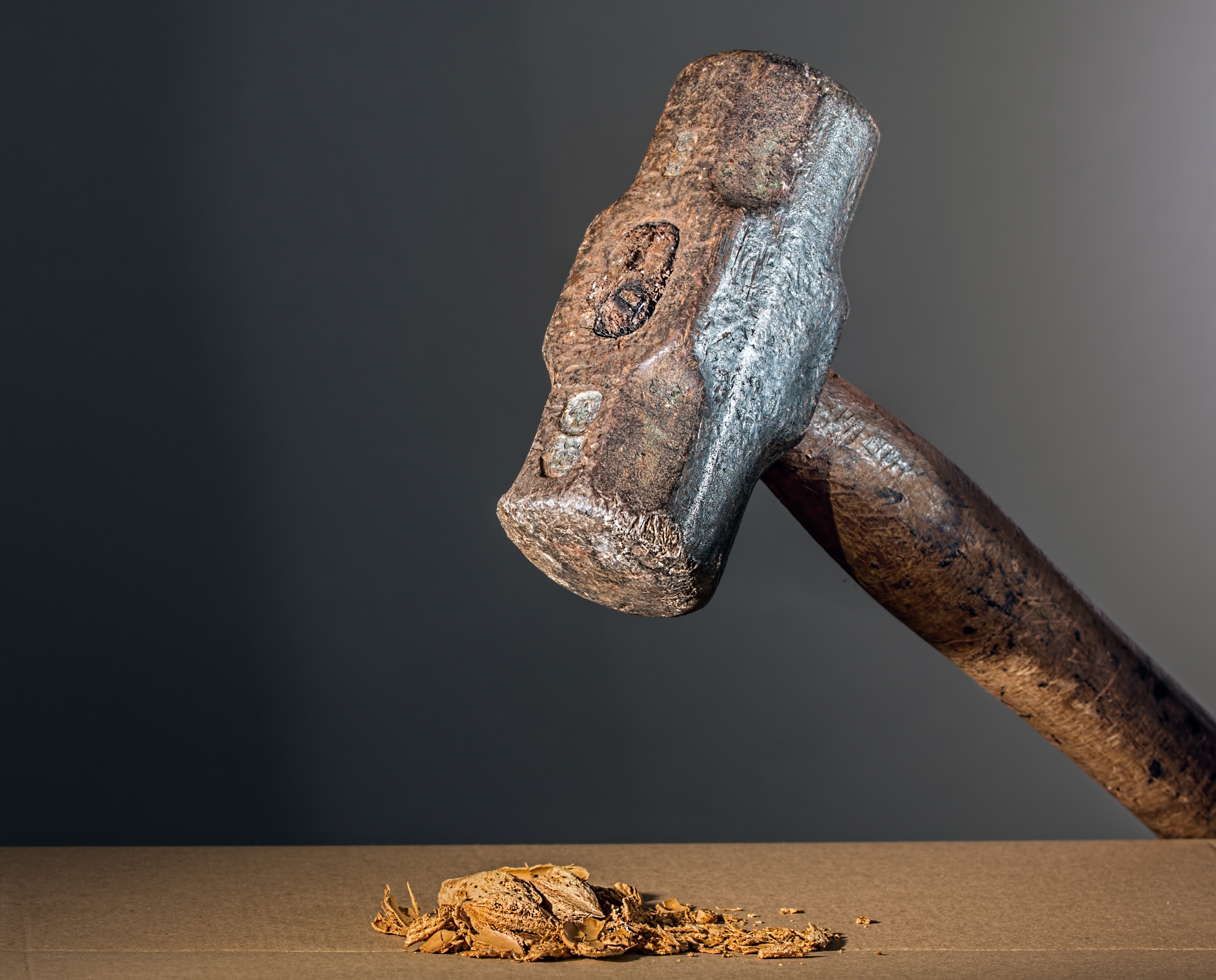
One could not miss the flurry of litigation that followed the latest U.S. elections, which appear to be continuing weeks after the result seemed certain.
One could also be amazed at the lengths some of the Trump campaign lawyers have taken in order to argue their case. Certainly, lawyers must fiercely advocate for their clients, but this advocacy must have limits. A lawyer should not contort facts, law or themselves in an unbridled zeal to get a favorable decision.
Philadelphia attorney Jerome M. Marcus contorted himself in arguing that Republican observers did not have an opportunity to oversee the vote counting.
Judge Diamond: “Are your observers in the counting room?”
Marcus: “There’s a non-zero number of people in the room.”
Non-zero. I stopped and thought about that for a while. A helpful definition from Sciencing.com states that any number, whether positive or negative, that does not equate to zero essentially represents a nonzero number. Therefore, in theory, the Trump campaign could have had a negative number of scrutineers. Theorizing further, negative people — in space, not attitude — take up less room. So they could have had even more negative scrutineers.
However, the lawyer simply avoided answering the court’s question. Judge Diamond pressed the point.
Diamond: “I am asking you as a member of the bar of this court: are people representing the plaintiffs in the [counting] room?”
Marcus: “Yes.”
(Having the court remind you that you are member of the bar is equivalent to your mother calling you by your first, middle and last name. You are in trouble.)
Diamond: “I’m sorry, then what’s your problem?”
Trump’s team conceded the point and the two sides agreed to increase the level of access[ER1] for scrutineers. The Trump lawyer lost the case and most of his credibility by this time. The attempts to rephrase the factual situation reminded me of the doublethink reference in George Orwell’s novel 1984: “Doublethink means the power of holding two contradictory beliefs in one’s mind simultaneously, and accepting both of them.”
The Sticky Note hearsay evidence case provides another great example of advocacy limits. In a further attempt to prove fraud, the Trump campaign submitted an affidavit that seemed to contain questionable physical facts. I could feel the embarrassment of campaign lawyer Thor Hearne attempting to extend the law of hearsay to Michigan Court of Claims Judge Cynthia Stephens.
Judge Stephens: So I want to make sure I understand you. The affiant is not the person who had knowledge of this. Is that correct?
Hearne: The affiant had direct firsthand knowledge of the communication with the elections inspector and the document they provided them.
Stephens: Okay, which is generally known as hearsay, right?
Hearne: I would not think that’s hearsay, Your Honor. That’s firsthand personal knowledge by the affiant of what she physically observed. And we included an exhibit which is a physical copy of the note that she was provided.
After a bit of discussion, Judge Stephens reviewed the note and seemed to channel Judge Diamond’s exasperation:
Stephens: I’m still trying to understand why this isn’t hearsay.
Hearne: Well, it’s, it, I –
Stephens: I absolutely understand what the affiant says she heard someone say to her. But the truth of the matter … that you’re going for was that there was an illegal act occurring. Because other than that I don’t know what its relevancy is.
Hearne: Right. I would say, Your Honor, in terms of the hearsay point, this is a firsthand factual statement made by Ms. Connarn, and she has made that statement based on her own firsthand physical evidence and knowledge —
Stephens: “I heard somebody else say something.” Tell me why that’s not hearsay. Come on, now.
Hearne: Well, it’s a firsthand statement of her physical –
Stephens: It’s an out-of-court statement offered where the truth of the matter is asserted, right?
Just to confirm, the courts south of 49 do not occupy a separate legal reality. The U.S. case Subramanian v. Public Prosecutor (1956) found that hearsay evidence is any statement, either written or oral, which was made out of court, but is presented in court to prove the truth of that statement. Judge Stephens’ ruling upheld a situation that should have been obvious to a second year law student. Or anyone that streams movies dramatizing trials.
In a later written decision, Stephens went further and dismissed the evidence as “inadmissible as hearsay within hearsay.”
The Code of Professional Conduct of the Law Society of Manitoba suggests limits to such advocacy: “When acting as an advocate, a lawyer must not: knowingly attempt to deceive a tribunal or influence the course of justice by offering false evidence, misstating facts or law, presenting or relying upon a false or deceptive affidavit … ”
The court managed another admonishment with the “Come on, now,” which is reminiscent of Barack Obama’s admonition of Donald Trump: “Come on, man.” These expressions are directed at people who contort the reality of the situation.
This type of contortion becomes a concern if the court record somehow becomes mudded with “alternate facts.” The novel 1984 provides another warning: “And if all others accepted the lie which the Party imposed — if all records told the same tale — then the lie passed into history and became truth.”
Manitoba’s code of conduct provides guidance on how lawyers should be balancing these two solitudes of client and society: “When acting as an advocate, a lawyer must represent the client resolutely and honourably within the limits of the law, while treating the tribunal with candour, fairness, courtesy, and respect.”
# trump #election

 Google and artificial intelligence may not be the end of the legal profession, but, boy, can you see it from here.
Google and artificial intelligence may not be the end of the legal profession, but, boy, can you see it from here.